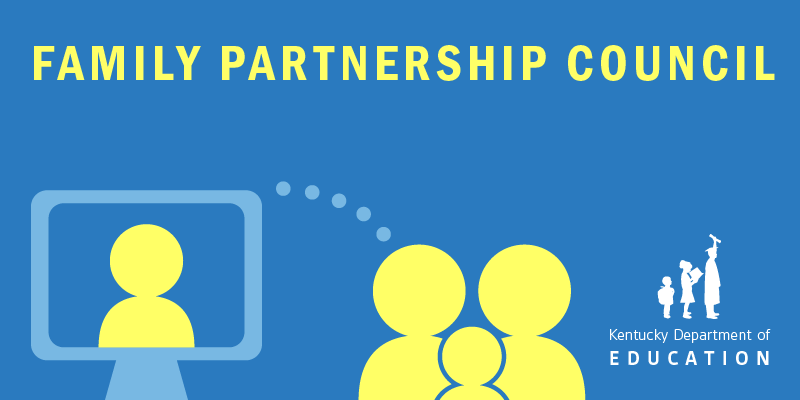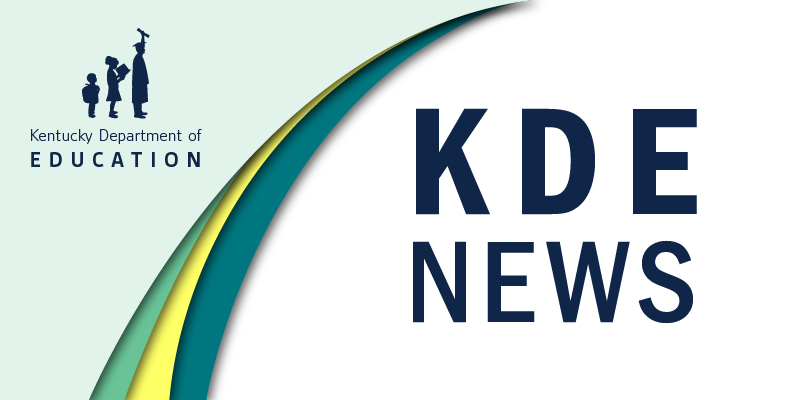
Terry Tolan, executive director of the Governors Office of Early Childhood, center, has a group of student demonstrate a sample of the kindergarten readiness screener, like identifying where your ear is located, during a press conference with Education Commissioner Terry Holliday, left, and Gov. Steve Beshear, right, at the Capitol.
Photo by Amy Wallot, Jan. 30, 2013
Nearly half of students who started kindergarten this school year ready to learn and succeed. However, nearly 26,000 students entered school unprepared for kindergarten work, according to results of the first statewide implementation of the common Kindergarten Readiness Screener.
“From day one, these students may be at a disadvantage; they are behind, and some lack the foundational skills on which to build,” Gov. Steve Beshear said. “Too often, they don’t catch up with their peers. As a result, these students may face years of poor grades and negative school experiences that usually only end when they drop out or graduate from high school unprepared for college or career.”
Beshear announced the results at a news conference with Education Commissioner Terry Holliday and Terry Tolan, executive director of the Governor’s Office of Early Childhood.
Teachers administered the BRIGANCE K Screener to 50, 532 kindergarten students in all 173 school districts at the beginning of the 2013-14 school year. The screener measures how well a child is prepared to succeed in school at the time the screener is administered. Students are asked their name and age, to recite the alphabet and to count to 30, among other tasks.
The common kindergarten screener provides teachers with key information early in the school year that they can use to guide instruction to meet the individual needs of all students.
“This data will help us prevent and close achievement gaps before they become insurmountable,” Commissioner Holliday said. “It will not only help kindergarten teachers make sure they are providing the best instruction to meet individual student needs, but also will ensure our primary grades are building on student’s knowledge. Our goal is for every child to be reading on grade level or above by the time they leave the 3rd grade.”
Holliday said research studies show that a student’s ability to read and adequately comprehend by the time they exit primary school is a key indicator of a student’s future educational success and whether they will graduate from high school college/career-ready.
The kindergarten readiness screener is just one tool among many that can be used to strengthen communication and collaboration between all members of the community. Resources to support quality learning experiences are available for parents and for early care and education providers on the Kentucky Department of Education and the KYGOEC websites.
“Our objective is continuous improvement,” said Terry Tolan, executive director of the Kentucky Governor’s Office of Early Childhood (KYGOEC). “With this data, resources from the Race to the Top Early Learning Grant and the Governor’s commitment to early childhood education, I am confident we will see more children arrive at kindergarten prepared to start and succeed in school in the years to come.”
“Quality early childhood education will be the game changer for the next generation of students and for our schools,” Commissioner Holliday said. “I am proud of the Governor and our state’s effort on behalf of our youngest citizens.”
The kindergarten readiness screener data is available in the supplemental data section of KDE’s Open House and will be added to the school report card in the fall. To learn more about the common kindergarten screener or to view an early childhood data profile on your area, visit the KYGOEC’s website at http://kidsnow.ky.gov.



Beginning behind follows many children throughout their academic careers as many of these kids never reach grade-level literacy. This is an issue that starts at home with picture books at an early age. If Americans don’t get a handle on this literacy issue, our country may eventually face a serious problem as it loses its grip as a technological and industrial super-power. People at some point have to help educators everywhere so that we ensure our nation’s prosperity. Whether people agree or not, we have an obligation to our nation’s continued success; failure to meet this obligation will likely have dire consequences for future generations. Identifying at-risk kids early and putting them in structured, relevant RTI programs is a good first step. Thanks for that.